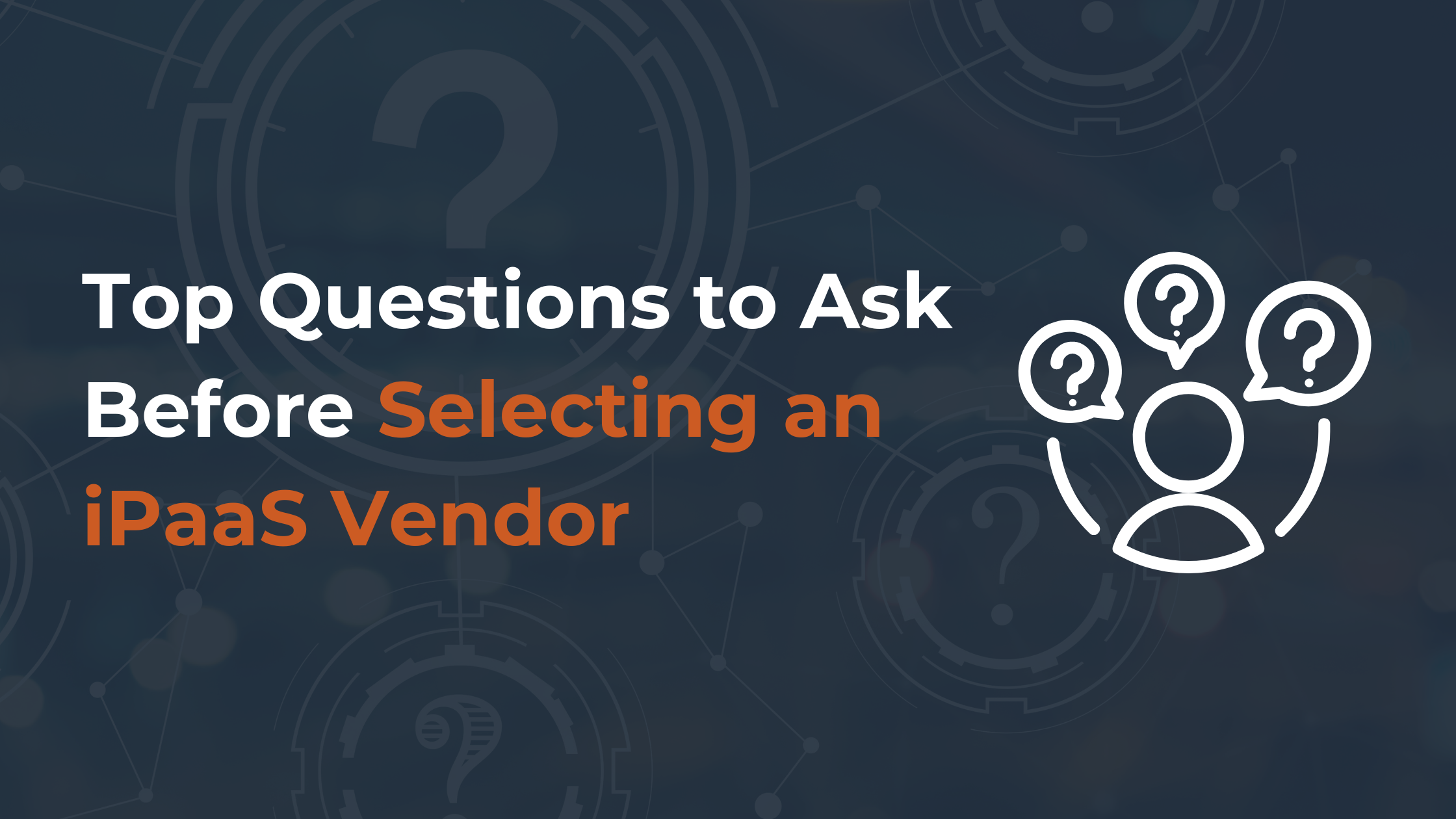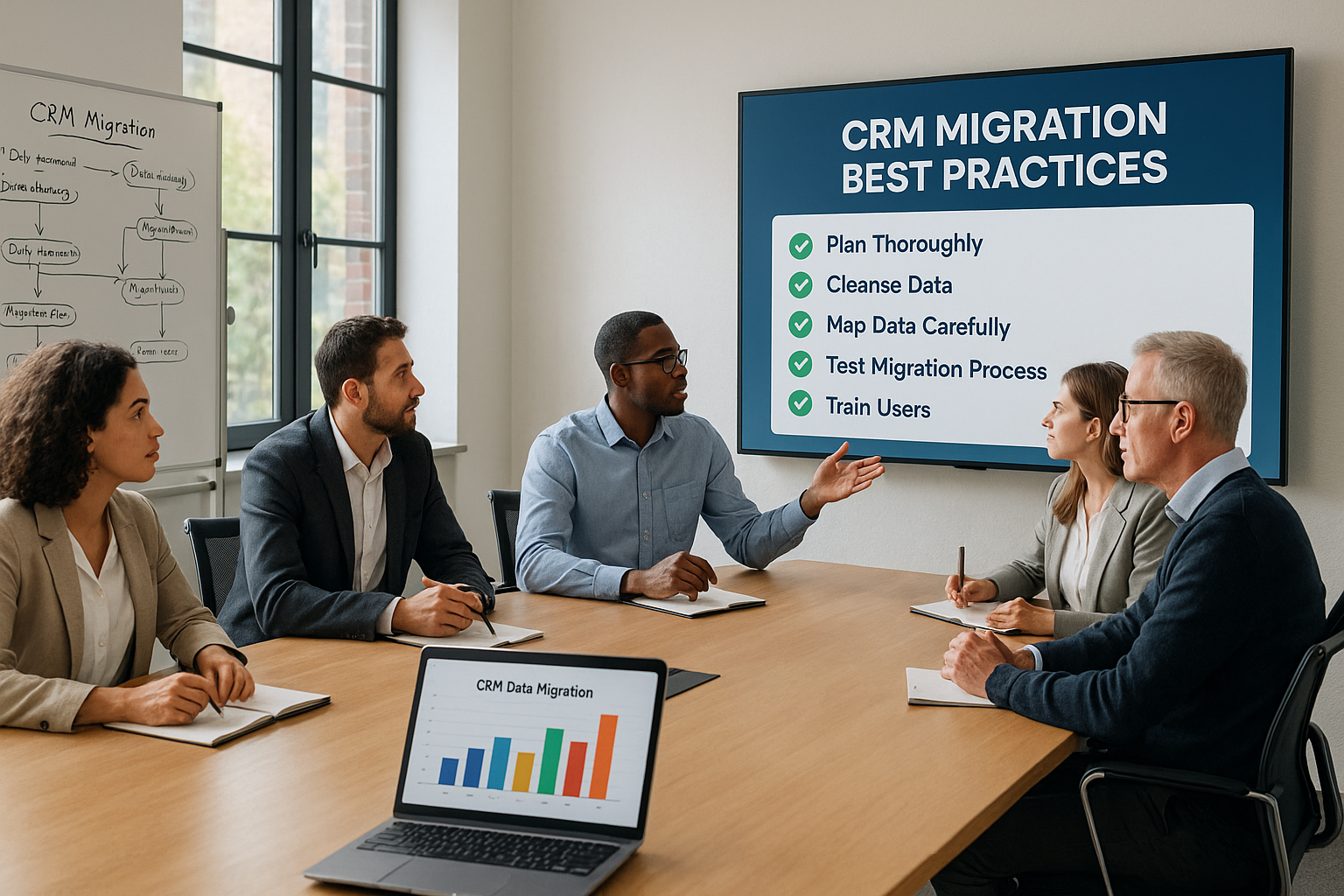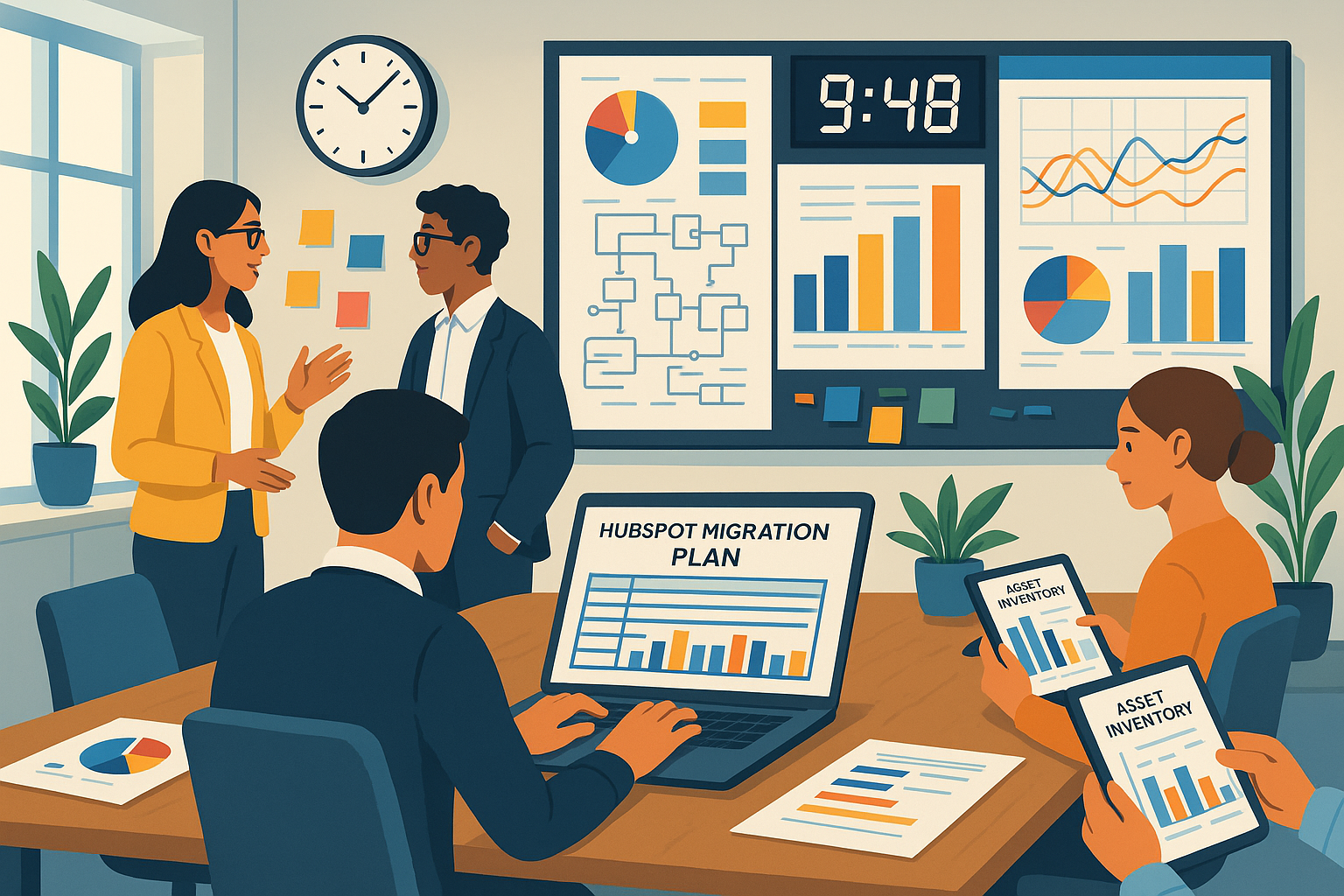Selecting the most appropriate iPaaS vendor to integrate your business systems and other data sources is one of the most important decisions you'll make for your business. There are many things to consider when you're making this decision, and we've covered some of these in detail below.
1. Connectors
Choosing the right iPaaS (integration platform as a service) platform for your business is a crucial choice as these middleware solutions can differ greatly in the sources of data they can handle. In the process of evaluating alternatives, it is crucial to confirm that the platform will interoperate with all of your existing and future data sources, not just those you have a current requirement for. This full compatibility is very important, as it will allow you to avoid expensive problems in the future.
- A majority of iPaaS solutions will supply connectors for well-known CRM and marketing automation systems that are typical integration needs. But, you might need more from these standard connections.
- Think if you have to integrate with finance systems, flat files, support systems, and other data sources. Neglecting compatibility with your entire system set can result in serious problems during implementation and operation.
- Examine all the available connectors and guarantee that the platform can easily connect with all the systems that are critical to your business, both now and in the future.
2. Cost
The price of iPaaS platforms may differ significantly due to the set of features, services, and support. As a rule of thumb, SMB customers can expect to pay about $300-$600 per month, while enterprise-level customers should see costs in the $2,000-$10,000+ range.
- Although these numbers may appear to be high, it is important to recognize the considerable time and resources that are saved by automating data integration, versus the manual labor needed to input or extract data.
- Further, make sure to clarify whether the license cost includes only the software or it also includes implementation and on-going support. It can have a significant effect on the whole cost of ownership.
- Consider in detail the potential cost savings and operational efficiencies versus the upfront and ongoing expenses when assessing iPaaS alternatives.
3. Complexity
However, even if your desired iPaaS vendor provides connectors for all the systems that you need, it is very important to make sure that all the objects, custom fields, data manipulation capabilities, and flow controls are supported. A superficial fit may not be sufficient, especially in case of more complicated integration requirements.
- Test the platform’s ability to satisfy your system’s particular needs, for example, reaching all the required objects, syncing to and from custom fields, manipulation of data as required, and control of information flow.
- Evaluate how the platform can adjust to your specific business processes and data structures. Ignoring these specifics can cause some unanticipated issues in the process of implementation and operation.
- Complexity is the most significant factor, which defines how much effort you need to put into the integration setup and maintenance and that’s why knowledge of the platform capabilities is crucial.
4. Performance & Scale
The performance and scalability of an iPaaS platform is a critical factor. Smaller vendors can easily take care of about 100,000 records, but beyond that limit they may start to have problems.
- If you expect large data volumes or Big Data needs, make sure your selected platform can handle them. Check for vendor benchmarks, case studies, or performance guarantees.
- You should choose an integration solution that can grow with your company as it expands, even if your business is currently small.
- Choose to focus on the platforms that are able to adjust to your changing integration needs ensuring the highest performance and reliability even when your data volumes and complexity grow.
5. Implementation
The effort needed to configure an integration can differ significantly, from a few hours to several hundred hours, depending on the complexity. Evaluate the internal team if they have the required integration skills and are well-versed with your systems as well as the iPaaS platform.
- Find out whether the vendor or their partners provide implementation services or if you will be in charge of the whole setup process.
- Think of the time and effort needed for setting up the platform, mapping data flows, testing connections, and ensuring that the integration works as expected.
- The implementation phase should be allocated with enough time and budget as rushing this important stage may result in the continuous problems and frustrations.
6. Maintenance
After a successful implementation, however, the continuing maintenance of the integration is critical for the continued seamless operation of your integration. Even though vendor support is crucial, you might have to spend a lot of internal or external resources (for example, a specialist service like SyncMatters) on investigating and fixing errors.
- Data is dynamic and is usually prone to human input errors that may disrupt integration if not dealt with in time.
- Think about the long-term maintenance needs and have the right people or partners in place to do this work.
- Specify clear procedures and responsibilities for monitoring, trouble-shooting, and maintaining the integration, as paying less attention to this can sabotage all the benefits of your investment.
Partnering with an experienced integration expert like SyncMatters can help ensure your iPaaS implementation is a success, from evaluating platform options to providing ongoing maintenance and support. To learn more about how we can help you achieve your integration goals, schedule a consultation today.








